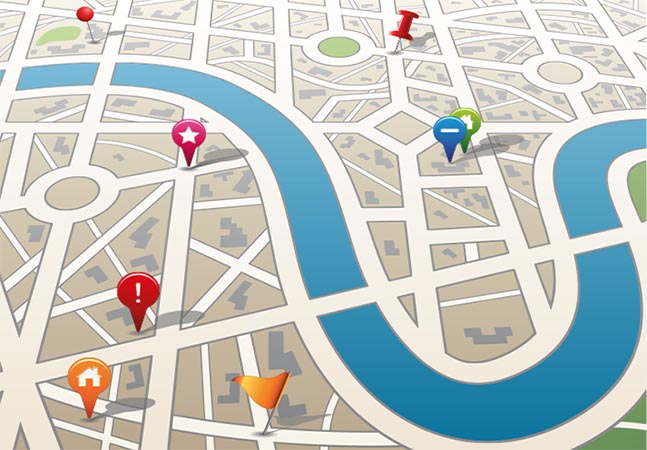
TITLE: Supernavigators: The Astounding New Science of How Animals Find Their Way
AUTHOR: David Barrie
_______________________
Chapters 18 to 25 deals with a variety of "map and compass" type navigation techniques. Barrie differentiates between other-centered navigation and self-centered navigation.
Self-centred navigation depends on how objects in the environment are related to that particular organism, such as taking note of prominant landmarks and remembering which direction "you" moved in i.e. the world revolves around "you". Self-centered navigation depends on learning to recognize the landmarks that define a route, so that you can accurately retrace your steps. Previous examples of self-centred navigation include the bogong moth, the desert ant and "dead reckoning".
Other-centered navigation depends on understanding how environmental objects or landmarks are geometrically related to each other. Maps provide this kind of information. Barrie goes on to explain how one can orientate themselves in space using a map and compass. 
Barrie then takes a look if other non-human animals can use a type of "map and compass" navigation to find their way around. These are particularly interesting chapters in which Barrie discusses the various experiemnts used to determine other-centred navigation in animals and the "discovery" of "magnetic maps" and "circadian clocks".
There is also a chapter devoted to how birds (and other animals) determine their longitude. There is evidence that the “circadian clock” in mammals (based in a part of the brain called the hypothalamus) contains two types of neuron, one of which reacts immediately to a change in daylight hours, while the other takes up to six days to adjust. These two clocks might just possibly enable mammals (and perhaps birds) to detect a change in longitude. There is also evidence that organisms make use of the omnipresent geomagnetic field to determine where they are and where they are going.
 Chapters 20 to 22 focus on sea turtle navigation: how hatchlings find the ocean, how breeding females find their home beach and how the turtles navigate in the ocean. The section on sea turtles is not as detailed as I would have liked.
Chapters 20 to 22 focus on sea turtle navigation: how hatchlings find the ocean, how breeding females find their home beach and how the turtles navigate in the ocean. The section on sea turtles is not as detailed as I would have liked.
Chapter 23 deals with the hunt to find the physiological sensors that allow animals to detect the earth’s magnetic field. Hypotheses include magnetite bearing cells, the "light-dependent compass" dependent on cryptochrome molecules, and electromagnetic induction.
Chapter 24 and Chapter 25 are fascinating chapters in which Barrie discusses the role that the hippocampus has in making mental maps of an organism's surroundings. This section is too complex to summarise, so I suggest reading those chapters.
________________________
RECOMMENDED BOOKS:
~Voyage of the Turtle: In Pursuit of the Earth's Last Dinosaur by Carl Safina
~What a Fish Knows: The Inner Lives of Our Underwater Cousins by Jonathan Balcombe

 Log in with Facebook
Log in with Facebook 









